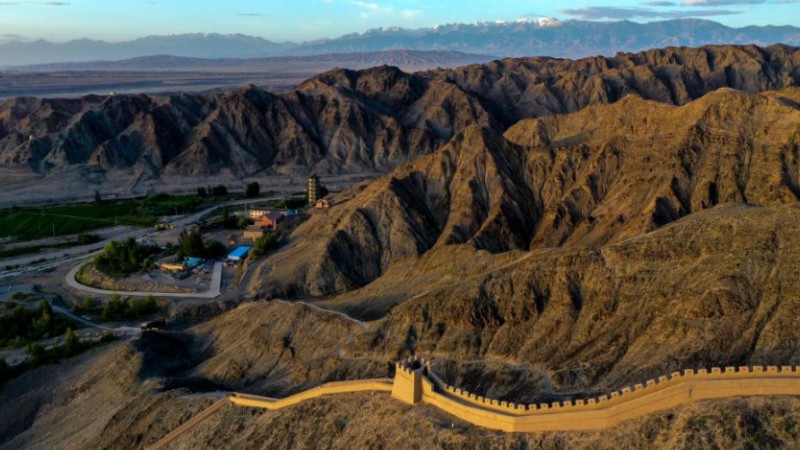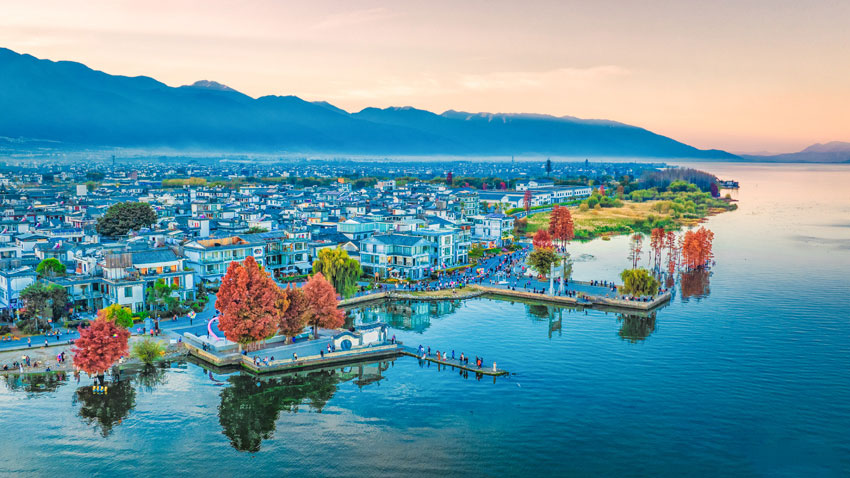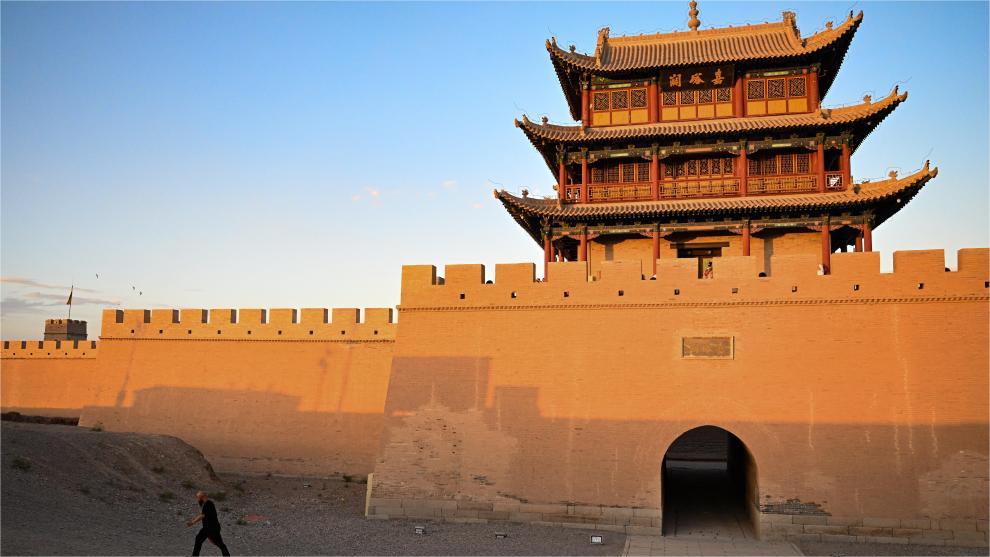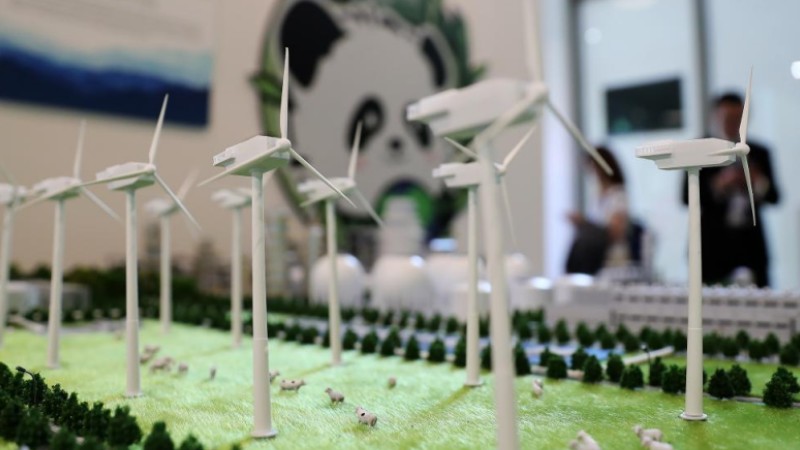Cancellations cast shadow on U.S. offshore wind projects
SACRAMENTO, the United States, Dec. 10 (Xinhua) -- A wave of project cancellations on the U.S. East Coast, due to financial troubles and policy burdens, casts a shadow over the country's burgeoning offshore wind power industry, impeding progress toward meeting climate goals.
On Wednesday, New York's South Fork Wind, developed by Danish wind energy developer Orsted and the utility Eversource, became the first utility-scale offshore wind farm to generate power in the country.
While this move was touted as a "first power" milestone by local media, more offshore wind energy projects on the East Coast have been hit by severe financial problems in recent months, with multiple projects canceled or jeopardized.
Orsted, a major player in the wind energy industry, has recently canceled two big offshore wind farms along the coast of New Jersey. The company may need to cancel more projects to shore up its balance sheet, said the Wall Street Journal, citing analysts and investors last month.
Other developers like BP and Equinor have threatened to pull out of offshore projects in New York, leading state officials to reopen the bidding process.
Last month, New York state regulators denied a petition from Orsted, Equinor and BP asking the state to increase the prices of the power their offshore wind projects were slated to deliver.
Similarly, in Massachusetts, Rhode Island and Connecticut, offshore wind projects have been canceled after state regulators declined to engage in negotiations to increase the prices.
Many Northeast states are banking on offshore wind to meet their renewable energy goals. The U.S. government also bets big on wind energy, aiming to power millions of homes by 2030. But so far, only a few turbines are working.
California also has high hopes for offshore wind to achieve its ambitious goal of having 90 percent of its electricity coming from clean energy resources by 2035.
Five companies have won leases to build the nation's first massive floating wind farms in California's coastal waters. The companies said they will need hundreds of millions of dollars in state subsidies or bonds to meet the costs of construction and operation.
Millions in public funds will also be invested to upgrade ports and support facilities in the state to assemble the platforms and maintain service fleets and repair yards.
California will be the first region in the United States to use floating wind turbines.
"Anytime you put anything in saltwater, the cost goes up by a factor of 2, 3, 4 times. It's a hostile environment," The Los Angeles Times cited Robert Bryce, author of several books on energy and a vocal wind industry critic, as saying.
"It's expensive, it's intermittent, it's not durable," Bryce added.
The technical challenges of floating wind farms and the recent cancellations in the Northeast have fueled skepticism of developing offshore wind power in California.
Experts said the troubles facing offshore wind in the United States are mainly economic problems as inflation has driven up prices for turbines, labor and steel, and higher interest rates have increased financing costs.
Many developers signed contracts with state governments when interest rates were low and inflation hadn't driven prices high. The price of energy produced by offshore wind projects has also increased by 48 percent since 2021, according to BloombergNEF's estimate.
The problems are exacerbated by government policies, regulatory burdens, and excessive tariffs on turbine components and other related materials, said experts.
The Jones Act poses a unique challenge to U.S. offshore wind efforts, said Scott Lincicome, vice president of general economics at Cato Institute, in an article published last week.
The law restricts shipping between two U.S. points to vessels that are American-built or owned, but there are few wind turbine installation vessels that meet the law's requirement.
Orsted also complained about domestic supply chain delays, including a shortage of specialized ships needed for installation.
When offering their initial bids for offshore wind projects, some developers reportedly relied on the "bonus subsidies" granted by the Inflation Reduction Act if they use domestic materials in those projects.
However, developers have difficulties procuring domestic products, which makes them ineligible for government subsidies.
Tariffs further increase costs and delay the completion of projects. The most notable are tariffs on steel, which account for a substantial chunk of a wind facility's costs and are currently one of the main factors pushing turbine prices ever higher, said Lincicome.
The policies can "significantly delay offshore wind construction for months or even years," he said, adding that bureaucracy and partisan opposition further complicate the problem.
Photos
Related Stories
- 3 killed, 1 wounded in U.S. shooting
- Severe storms kill 6, injure 23 in U.S. Tennessee
- Commentary: With its veto, the U.S. stands against peace
- Countries express disappointment over U.S. veto of Gaza ceasefire resolution
- Iraqi PM warns U.S. against unilateral response to rocket attack on embassy
- U.S. jet crashes in South Korea during training -- local media
- U.S. employers add 199,000 jobs in November amid slowing job growth
- Hunter Biden indicted on multiple counts related to firearms, tax evasion
- U.S. President Biden's son indicted on tax charges
- Forced labor within U.S. frustrating, says trade association head
Copyright © 2023 People's Daily Online. All Rights Reserved.









